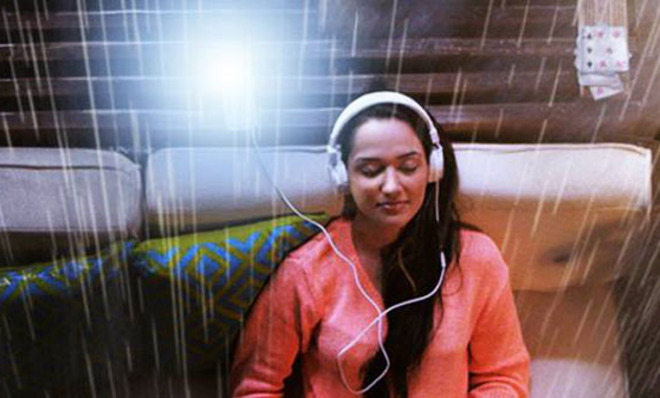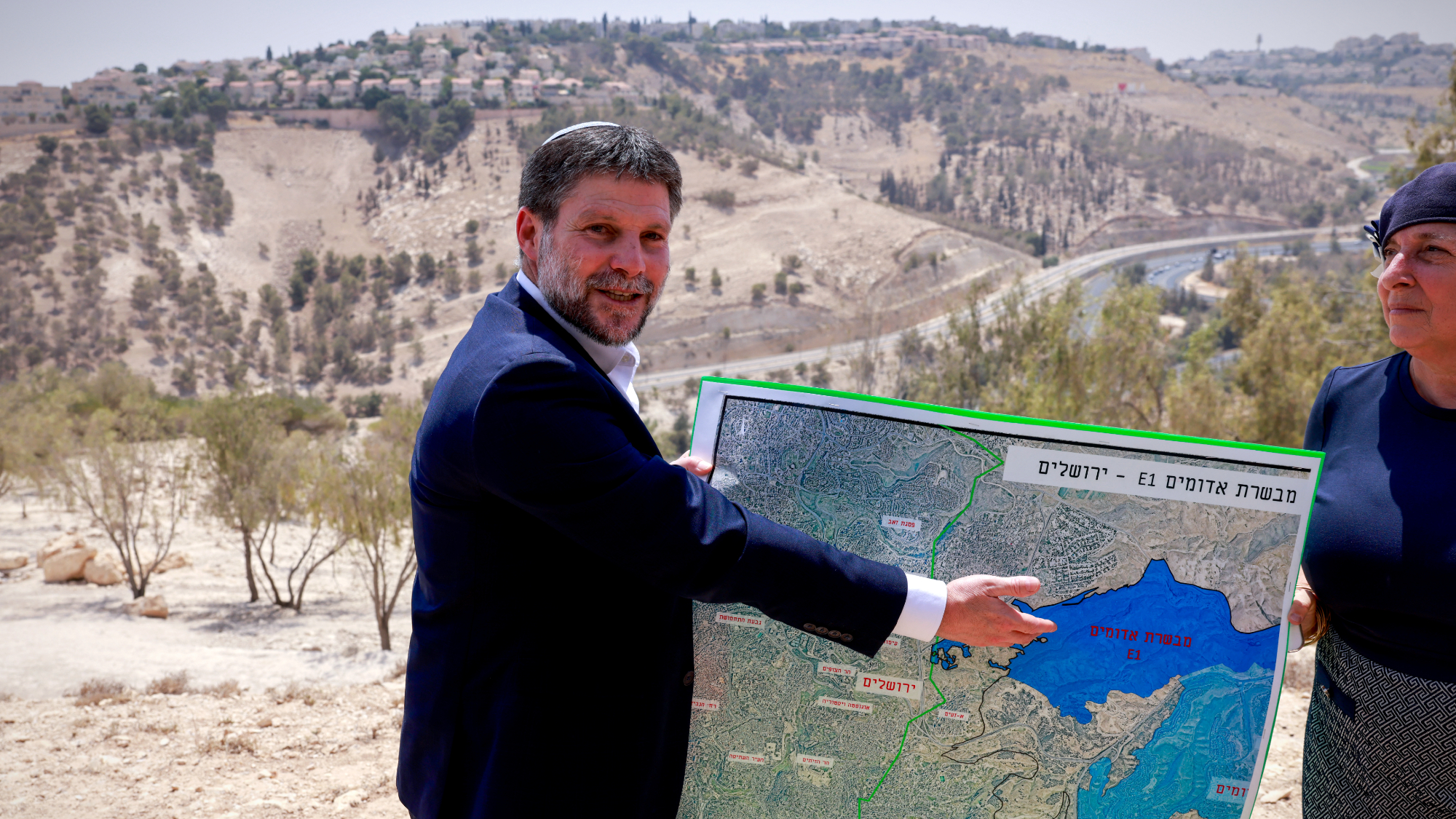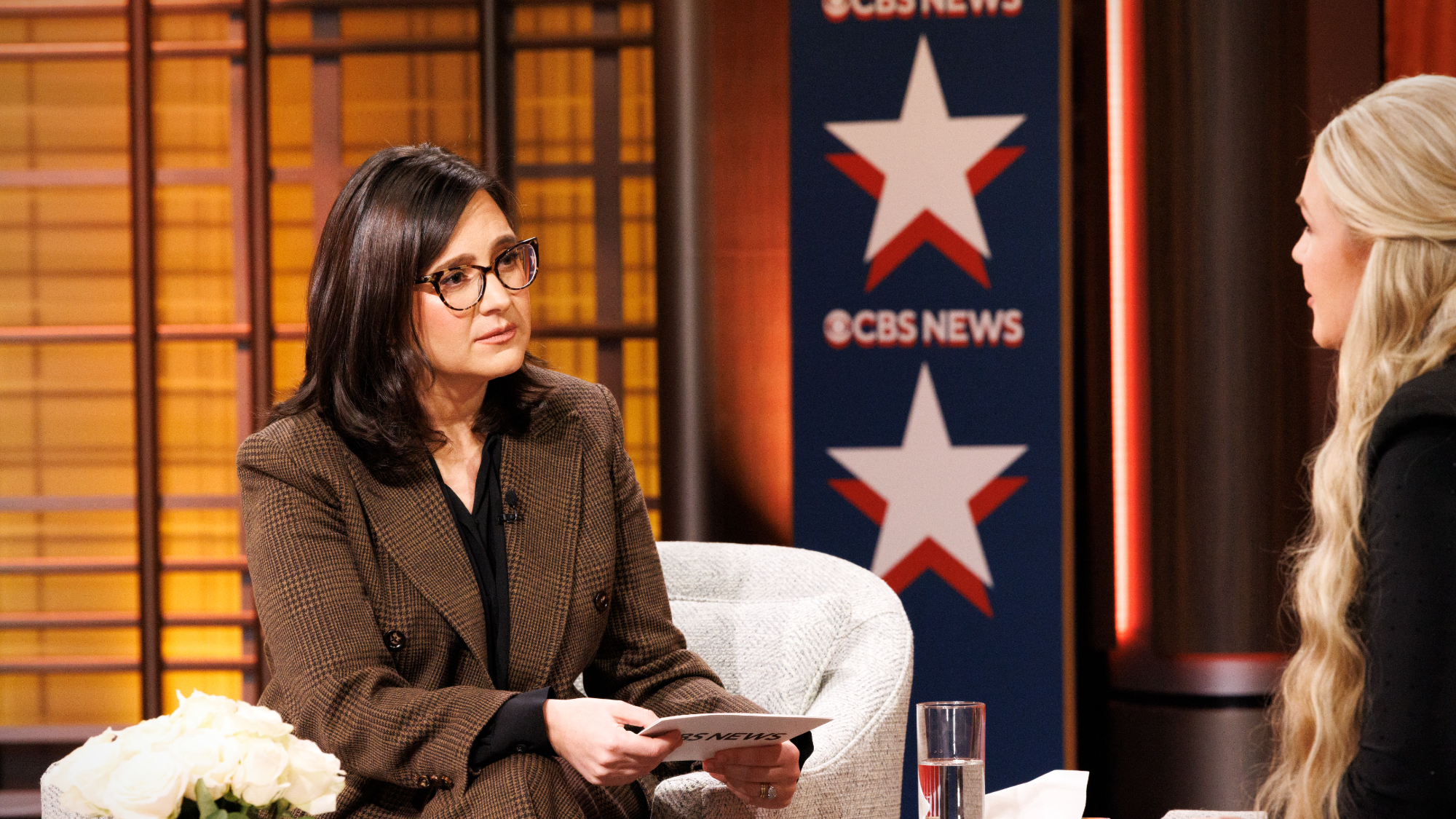Is 3-D sound the future of audio?
New technologies enable listeners to fully immerse themselves in an aural environment

Is it possible to close your eyes and trick your mind into thinking you're in a completely different place? 3-D sound hopes to provide that kind of immersive experience, putting you right in the middle of a crowded street or an opera house — all without leaving your living room.
3-D movies have become the norm for big summer blockbusters, but haven't quite made the jump into people's homes, despite the fact that technology companies have been relentlessly pushing them on consumers. 3-D sound, on the other hand, is a largely forgotten technology with far more potential for mass adoption.
We're not talking about surround sound, but a true-to-life listening experience that mimics what we experience every day. While surround sound is meant to engulf a listener (or viewer), 3-D sound is meant to provide an accurate representation of sound location. A listener with closed eyes should be able to sense the size of the room where the event was recorded, and pick out where each sound originated from.
The Week
Escape your echo chamber. Get the facts behind the news, plus analysis from multiple perspectives.

Sign up for The Week's Free Newsletters
From our morning news briefing to a weekly Good News Newsletter, get the best of The Week delivered directly to your inbox.
From our morning news briefing to a weekly Good News Newsletter, get the best of The Week delivered directly to your inbox.
More and more, 3-D sound projects are popping up. So what are some interesting uses of the technology?
Hooke is a pair of wireless headphones that not only emit sound, but can record it as well. Two microphones are placed at your ears, which allows the headset to record binaurally and play back the sounds the way the person originally heard them in their environment. (Imagine a surfer recording his experience of being in the tunnel of a wave, for example.) Hooke recently finished a successful crowd-funding campaign, and the headphones should be on the market in the next few months.
"What our studies have found is that people demand a better experience, one that comes as close to the real thing in lieu of actually being there. Sound is the glue that ties all of our senses together," says Hooke founder Anthony Mattana. "3-D audio is the magic that is difference between just a recording and sharing an actual experience. Imagine feeling the same thing far away from the person who was actually there all through sound. With Hooke this is finally possible."
Another recent promising endeavor is the Sound City Project, which also tries to accurately reproduce sound as if the listener were actually there. Started by David Vale, the website features a list of cities around the world where you can virtually stand on the street and listen to the surrounding noise.
A free daily email with the biggest news stories of the day – and the best features from TheWeek.com
The website is beautifully designed, replete with panoramas that visually enhance the aural experience. You can not only soak in the sounds of New York City, but also rotate the image on screen and hear how the sounds change within a 360-degree radius. To achieve the effect, Vale and his partners had to create an "audio head" that contained four microphones placed 90 degrees apart — like two sets of ears. All four channels were then mixed together, so that listeners always hear accurate 3-D sound, no matter how they're positioned.
Thunderspace is an app that uses high-definition binaural recordings to get 3-D sound. The app features recordings of different types of rainstorms — including those with thunder, naturally — which are meant to be extremely relaxing when used with a pair of headphones. That's not all; Thunderspace even enables the phone's camera flash to strobe like lightning. And there's an update that allows internet-connected fans to blow in unison with the sounds from the app.
Thunderspace's creator, Franz Bruckhoff, has also released other sound apps, including Windy. Similar to Thunderspace, Windy is a noise machine featuring wind recorded in stereoscopic 3-D.
There are other good examples of 3-D sound on Science Uncovered's Tumblr page, even if some of them are not so new. One of the coolest showcases the work of Princeton professor Edgar Choueiri, who has developed special filters that allow a person to experience 3-D sound from two traditionally placed speakers — left and right. The trick is to disable the crosstalk so that your left ear only hears sound from the left speaker and the same on the right. A video about Choueiri's work also lets users hear actual 3-D sounds from laptop speakers.
It all goes to show 3-D sound has long been here — and only keeps getting more interesting.
Tyler Hayes is a freelance writer living in Southern California. He's just as obsessed with discovering new music as he is with trying new technology.
-
 Why, really, is Trump going after Venezuela?
Why, really, is Trump going after Venezuela?Talking Points It might be oil, rare minerals or Putin
-
 Israel approves new West Bank settlements
Israel approves new West Bank settlementsSpeed Read The ‘Israeli onslaught has all but vanquished a free Palestinian existence in the West Bank’
-
 CBS pulls ‘60 Minutes’ report on Trump deportees
CBS pulls ‘60 Minutes’ report on Trump deporteesSpeed Read An investigation into the deportations of Venezuelan migrants to El Salvador’s notorious prison was scrapped